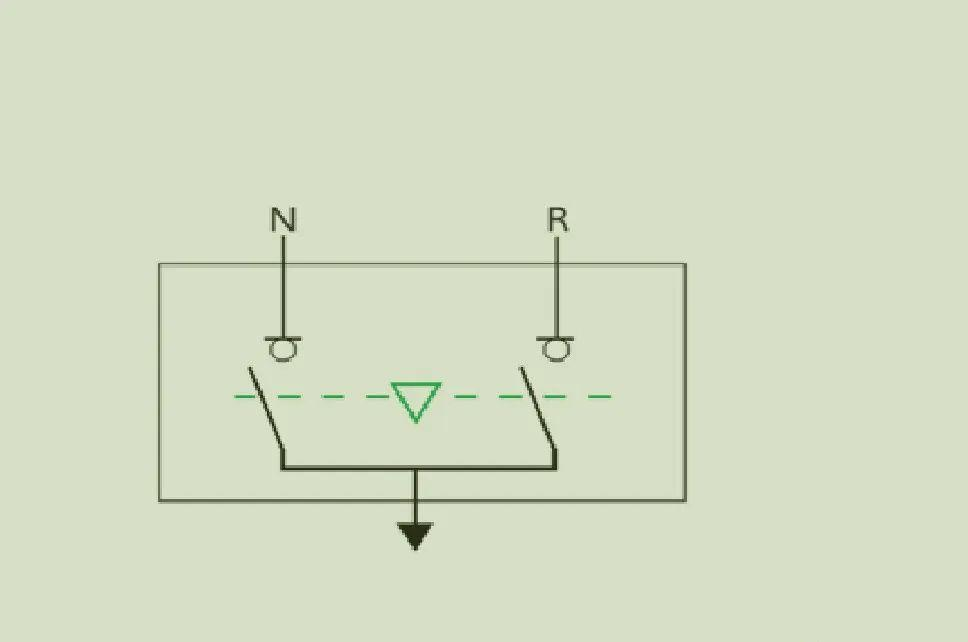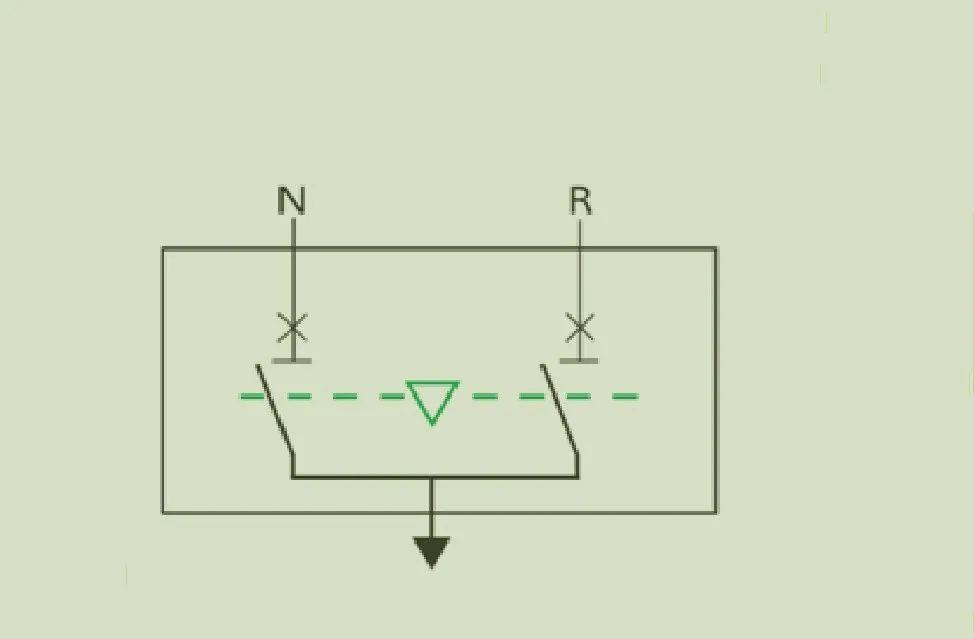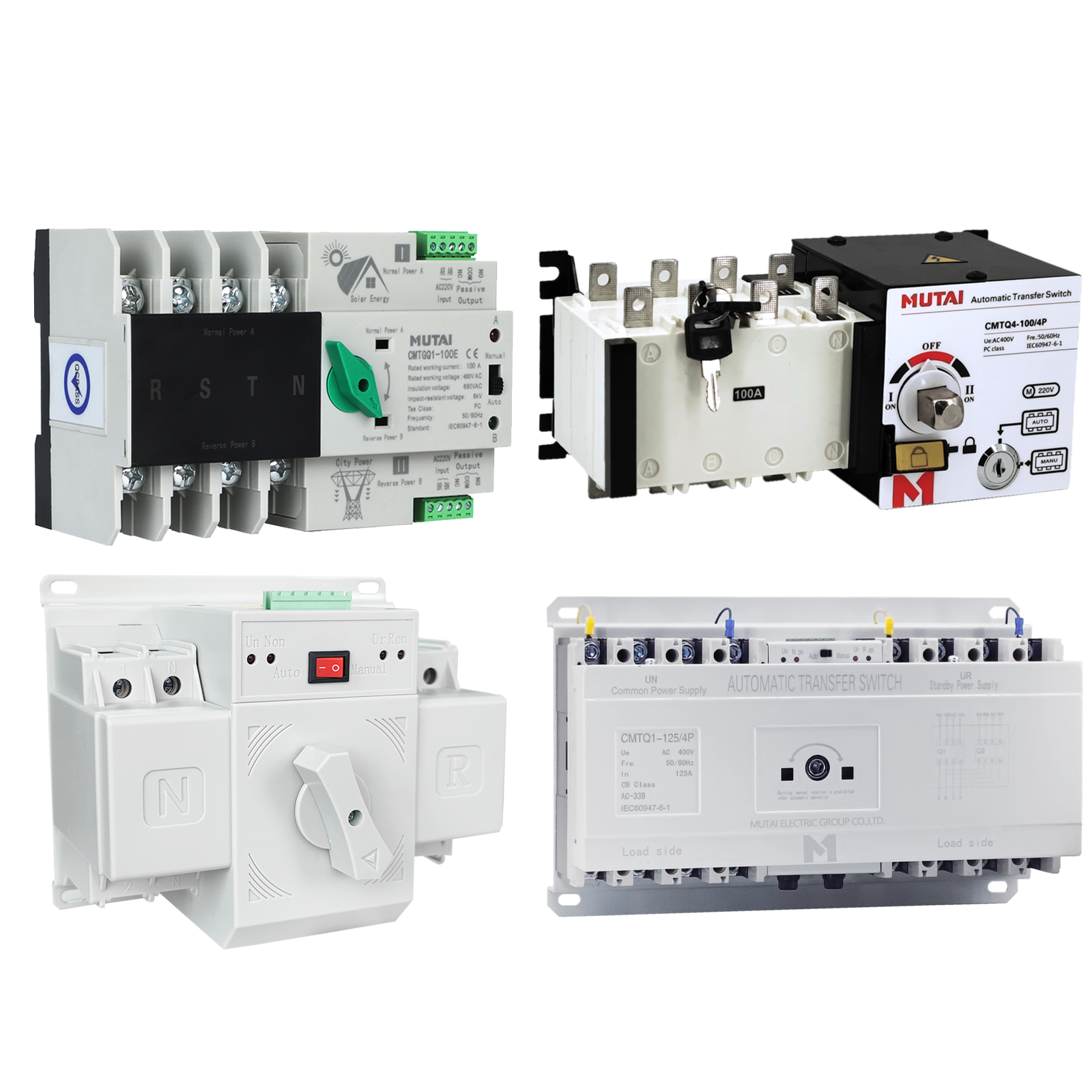Automatic transfer switch is referred to as ATS. It automatically connects to the backup power supply through the dual power switch when the power is suddenly cut off, so that our operation will not be interrupted and can continue to operate.
The purpose of the dual power automatic transfer switch is to use one power supply for common use and one power supply for backup. When the common power suddenly fails or the power is cut off, the dual power switch is automatically switched to the backup power supply (the backup power supply can also be powered by a generator under small load) so that the equipment can still operate normally. The most common ones are elevators, fire protection, and monitoring. The UPS uninterruptible power supply used by banks is also used, but its backup is a battery pack.
The difference between PC and CB levels of dual power automatic transfer switches

PC level: isolation type, can connect and carry normal and fault currents, but is not used to disconnect short-circuit currents. When the load is overloaded, the power supply continuity can still be maintained. Fast action time. The contacts are made of silver alloy, the contact separation speed is large, and there is a specially designed arc extinguishing chamber. Small size, only 1/2 of CB level.
Application: Manual type – used for communication base stations, power plant AC/DC split screens; Electric type – used for diesel generators; Automatic type – used for power distribution, lighting, fire protection and other occasions in construction projects.

CB level: CB level uses circuit breakers as actuators, based on two circuit breakers, and the controller controls the electric transmission mechanism with mechanical interlocking to realize the automatic conversion of 2 power supplies, with a switching time of 1-2s. Equipped with an overcurrent release, its main contacts can be connected and used to disconnect short-circuit currents. It has an overload protection function for load-side electrical equipment and cables, and can connect, carry and disconnect short-circuit currents, and disconnect the load when the load is overloaded or short-circuited.
Application: Used in non-critical load occasions such as building power distribution, lighting, fire protection; used in industrial markets (such as metallurgy, petrochemicals, power plants, etc.), high-speed rail and railway projects; can also be used in occasions with mother coupling.
Post time: May-29-2024





